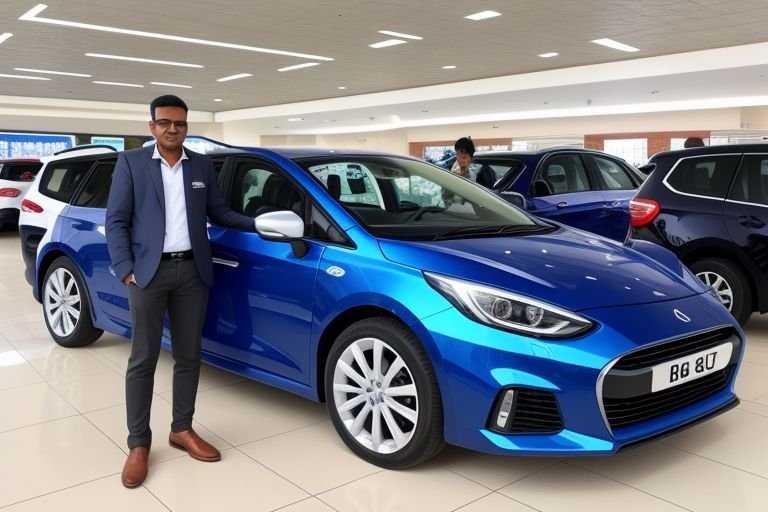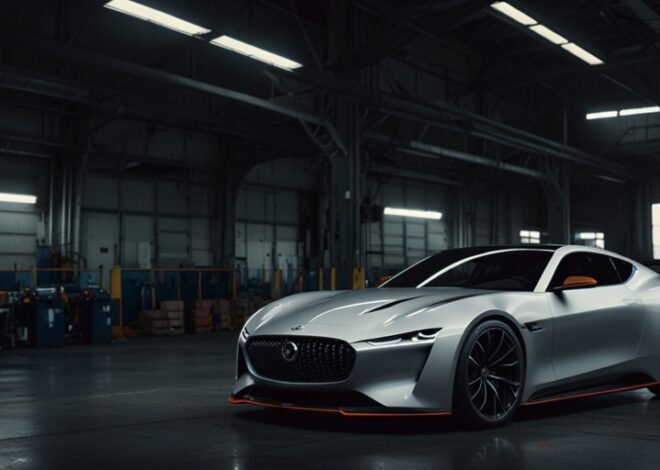
South African Auto Market Sees Surge in Indian Imports
ince 2013, India replaced other traditional automotive suppliers such as Germany and Japan as the leading supplier of vehicles to South Africa thus marked the reborn of the South African automotive industry. What this trend implies, as Harvard noted in the Automotive Business Council’s BRICS Research Report 2024, is a rising assertiveness of India auto makers in Africa.
The major share of imported automobiles that India enjoys in South Africa can be largely attributed to cumulating of a highly competitive automobile industry which majorizes on small and entry level vehicles. Some of these segments account for a high sales volume in the South African domestic market which is why Indian made vehicles are actually appealing to consumers in that country. It is pointed out in the report maintaining the quality, reliability and affordability of vehicles various brands have made India as a hub for acquiring automobiles.
Tata and Mahindra are two of the strategic players in India that have been instrumental in anchoring India’s position in the South African market. Both companies have indeed entrenched their automotive products within the country, Indian Mahindra executive have frequently described south Africa as a second home other than India. This commitment is seen through Mahindra’s large investments; a production line in Durban.
India continues to corner a massive proportion of automobiles from South Africa with an import to export value in 2023 standing at 97.7: 1. This imbalance clearly shows the high demand for Indian vehicles in South Africa and vice versa but South African firms struggle to seek market in India.
China has also expanded its stake of automotive business in the South African market to become the second largest exporting country of automobiles. Also, after 2018 China has taken the lion share of the South African auto market and has emerged as the largest importer of aftermarket parts.
The report recommends that BRICS countries should consider ways of sharing best practices and capacity development in automotive trade and investment related matters. It can be safe to assume that such cooperation can also lead to improved strategies of trade that would benefit all countries involved.
Membership of South Africa into BRICS in 2010 has therefore improved the status of the country in the international market and trade with other powerful economies. However, the report observes that even automotive exports to the BRICS countries rose between 2010 and 2011, but subsequently declined or remained low in relation to South Africa’s total exports.
The addition of five new countries to BRICS from January 1, 2024, is likely to bring changes to all the necessary sectors, such as the automotive industry. This may have the effect of improving automotive supply chain networks in the BRICS formation and open fresh possibilities for the South African automobile industry.
The African automotive market is gradually strengthening while the leaders of the world market, North American and Japanese manufacturers, gradually leave it, relying on their thoroughly developed markets. Indian and Chinese manufacturers are focusing on low-cost models, striving for a turn in their favor in the context of the steady but gradual growth of African automotive markets. On the other hand, there are countries in Africa seeking new mobility that can be in the form of electric cars and car-sharing.
The increase in the.new automotive industry in Africa has implications that bear risks and prospects to local and foreign automobile makers. With the growth of consumer spending and enlarging the middle-income population, the enhanced car consumption has been anticipated in the following years in the continent. This trend could over time turn the continent into a world auto manufacturing and sales destination in the future.


